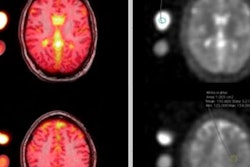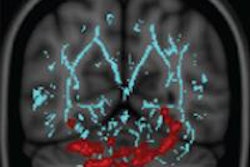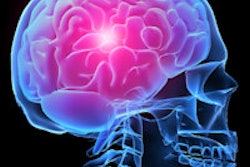A new interventional radiology treatment offers chronic migraine sufferers relief from their headaches, according to research being presented at the Society of Interventional Radiology (SIR) annual meeting in Atlanta.
Researchers from Albany Medical Center and SUNY Empire State College used an image-guided treatment known as an intranasal sphenopalatine ganglion (SPG) block. Patients who received the treatment reported one-third less pain and needed far less medication to relieve it.
Dr. Kenneth Mandato and colleagues analyzed the pain of 112 patients experiencing migraine or cluster headaches. The individuals reported the severity of their headaches on a visual analogue scale (VAS) from 1 to 10 to quantify the degree of debilitation they experienced.
The treatment involves inserting a small catheter through the nasal passages and administering 4% lidocaine to the sphenopalatine ganglion, a nerve bundle just behind the nose that is associated with migraines.
Before treatment, the patients' average VAS score was 8.25, with scores greater than 4 at least 15 days per month. The day after the SPG block, VAS scores were cut to about half, averaging 4.10. At 30 days, the scores remained lower at 5.25, a 36% decrease from before treatment. Eighty-eight percent of the patients said they required less or no migraine medication.
"Administration of lidocaine to the sphenopalatine ganglion acts as a 'reset button' for the brain's migraine circuitry," Mandato said in a statement from SIR. "When the initial numbing of the lidocaine wears off, the migraine trigger seems to no longer have the maximum effect that it once did."
The researchers plan to follow the patients to see whether the pain remains abated six months after treatment.



















